#primates are not pets
Text
Human See, Human Post: How Social Media can Hurt Primates, and How we can Help.

"Animal influencers present their pets as perfect animals who love them and are sources of endless joy in their unique and quirky lives. Even those that preach responsible animal practices flatten the complexities into soundbites clean enough to keep even the most cautious animal lover clicking. This bombardment of pet primate content is appealing by design and a promotion for primate ownership that comic book ads could only dream of. Not only are these photos and videos of pet primates everywhere online, they draw you in. I love primates and if I didn’t know better I probably would find that video of a capuchin in a little outfit or that orangutan on roller skates pretty cute, but I know how they got there and where they go from here. No matter how sweet it looks, for the animal the likely scenario is birth to cage to YouTube to euthanasia at sexual maturity. There are variations, but a definite pattern.
Combatting the clickable tide of pet primate content is tough. I can’t expect someone scrolling their feed on lunch break to research the flood of animal videos one by one, or to respond well to accusations that the cute monkey video they hit like on is depicting animal cruelty.
Making money off of social media has never been more viable and while a pet monkey might cost a couple thousand dollars, the ad revenue, sponsorships, and fame from making pet monkey videos can cover the initial investment and then some. Clicks add up, and by taking yours away from someone and giving them to something better you can support ethical animal treatment and conservation without even thinking about it. Blocking and reporting accounts that post primate exploitation images while following and sharing accounts that post primates in ethical and healthy scenarios such as the wild, sanctuaries, or zoos, really matters.
The decades to come may see people equally appalled by the primate mistreatment disguised as love."
I wrote this article on primate welfare and social media! Read the full piece on Project Simia.
#apes#monkeys#great apes#primates#primates are not pets#is the primate vid cute#animal welfare#conservation#wildlife#animals
24 notes
·
View notes
Note
How can you tell if something *is* a pet monkey? Sometimes it's hard to tell esp if people label themselves as rescues or sanctuaries or whatnot.
It can be hard to tell. My usual process involves looking for specific red flags: wearing clothes, being on a leash, being inside a human house, doing human activities, and being the subject of internet content that has little to no information, focusing on the cute factor. Lets take an example:

This is Pockets Warhol the capuchin. This photo, and many others on the twitter account @PocketsWarhol, depict Pockets playing with toys, painting, and sleeping in blankets indoors. Additionally, the Twitter account posts from Pockets perspective. This photo was tweeted with the caption “I know that I never want to stop smiling #BeKindToAnimals #AfterLife #storybookmonkeys“
It is easy to think that Pockets is a pet, and you’d be half right: he used to be a pet before being surrendered to the Storybook Farm Primate Sanctuary in Ontario. So how do we go from seeing this type of content from determining if Pockets is a pet?
1. Context gathering. Just from scrolling through Pockets’ Twitter, more tweets can be found which indicate more about Pockets’ care and keeping. Not much, but the background of several pictures and videos indicate an enclosure suited to capuchin needs rather than someones basement or living room. He is also only seen engaging in species safe enrichment including baby-proof children’s toys and classic monkey enrichment like sawdust. This still isn’t much to go off of, but at this point we would probably see if his caretaker was treating him unambiguously as a pet. If at this stage we saw him wearing baby clothes, being handled inappropriately/like a human baby or a domesticated animal, or being kept in a persons bedroom, yard, or a similarly obviously bad environment. At this point we can go into the next step:
2. Background Research. We know Pockets lives at the Storybook Farm Primate Sanctuary, but is this a real sanctuary or just someone with a farm that keeps “rescue“ exotics? Let’s look. One of the first things you may notice on the website linked from Pockets’ Twitter bio is an endorsement from Jane Goodall. Pretty solid stuff in their favour, but not every place is going to have an endorsement that so obviously speaks to a high standard of ethics and primate welfare. If you hover over the “About Us“ section of the website directory, you can click on the “Our People“ tab. Here we find some info that you are likely not going to find for any sanctuary that isn’t the real deal:
A board of directors (7 members)
Staff members (3 caregivers and 2 veterinarians)
Names of all the volunteers
Non-legitimate sanctuaries almost never have this level of transparency. This also allows you to look up individuals such as board members to see what their qualifications are. Real sanctuaries value transparency and tend to be more forthcoming. Seeing “John Smith Phd, resident veterinarian” is a big green flag, whereas “Founded by John and Judy Smith who love animals“ doesn’t say much.
Storybook Farms also has a resources tab for educational information, including a tab on pet primates. They do not say outright that primates should never be pets, but instead emphasize that the needs of primates are most often not met when they are kept as pets and that neglect and poor quality of life is very common. This may seem like a questionable stance, but Storybook Farms is very gentle in their condemnation of keeping primates as pets as they form and maintain relationships with primate pet owners to ensure the welfare of these privately owned animals. Primate pet owners should not exist, but if someone has a pet monkey an all or nothing approach is not going to help them or the monkey. As I mentioned, Pockets used to be a pet, but he was willingly surrendered by his owner who realized that she was not capable of giving him the quality of life he deserves.
3. More critters? Pockets is just one monkey out of all the monkeys and lemurs at this sanctuary, and luckily Storybook Farms has a tab where you can read bios and see pictures of every individual there (yay for transparency and good websites!) From reading through these bios I found quickly that most of the sanctuaries residents live in small groups/couplings that are species appropriate and take the needs of the individuals into account. Inner species relationships are prioritized and care is taken to allow natural, non-human-centric lives.
Remember Darwin the IKEA monkey? He lives here! Because Darwin (a former pet like Pockets) was rescued when he was less than a year old, he has been largely rehabilitated to be more macaque than human and spends his time with his own kind, foraging outside. Unlike Darwin, Pockets was a pet for far longer and consequently is not able to be re-socialized as effectively. It’s sad, but long term pet primates tend to prefer humans to other members of their own species, are more easily made anxious, require more attention and reassurance, and often have been castrated or have had teeth removed. Because of this, Pockets and others like him require lives that, while not ideal for monkeys, are better for the individual. Pockets was lucky enough to not have been traumatized by life as a pet, and his life looks pet-like because it is all he has ever known and anything different would possibly cause more harm than good.
Hopefully this helps you do your own research! There will always be ambiguous cases, and don’t be afraid to be wrong or to not know. There have been some places, pictures, and primates that I have been unable to judge due to lack of information, and it is fine to say you don’t know for sure. Feel free to ask more questions if you have them!
349 notes
·
View notes
Text
the comments on a video of a primate dressed as a human child baring its teeth and showing clear signs of distress: awww silly monkey!!! look at his smile, hes so cute :)
the comments on a video on a primate with a relaxed expression and posture in an accredited sanctuary/zoo with proper enrichment: this is so cruel, they look depressed. set them free
2 notes
·
View notes
Text
Paylaşmak
3K notes
·
View notes
Text
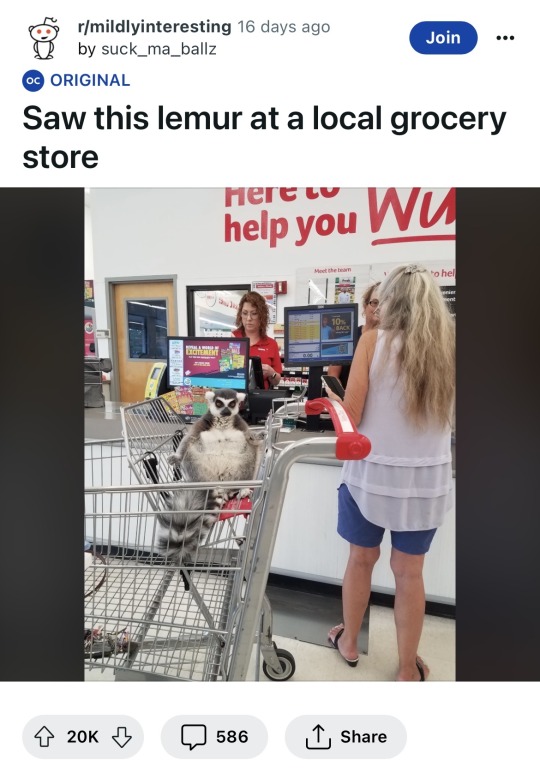
Big yikes at this Reddit post I saw. Morbidly obese (not pregnant) ring-tailed lemur sitting in a shopping cart at Winn-Dixie should set off all kinds of red flags to you. Apparently the owner said this poor fellow is a “rescue” but no reputable primate rescue would casually push a lemur around in a shopping cart in a public place.
Lemurs are the worlds most endangered group of mammals and they absolutely do not make even remotely good pets. Posts like these can make people think otherwise but I promise you no lemur is going to thrive in this kind of lifestyle.
958 notes
·
View notes
Text
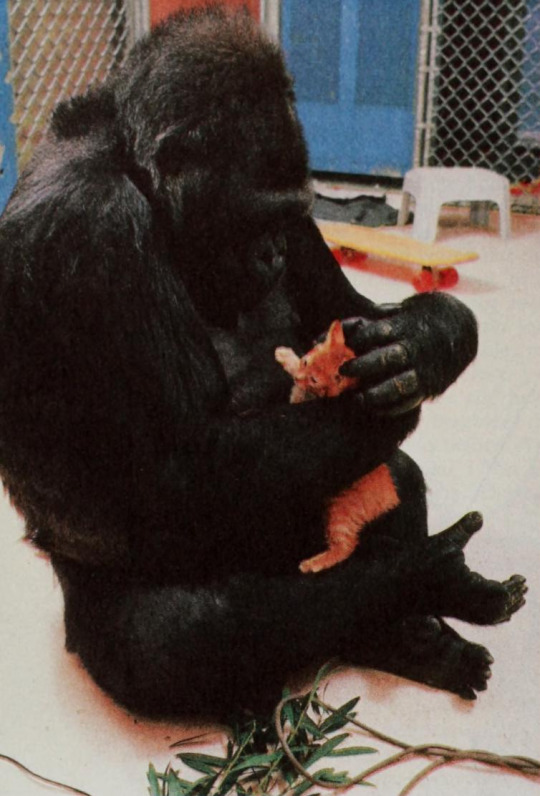
Koko the gorilla with her kitten "Lips"
By: Unknown photographer
From: Disney’s Wonderful World of Knowledge
1986
#i'm sorry koko you deserved better than to be treated as some kind of exotic pet :(#lab animal#gorilla#ape#primate#mammal#cat#feline#carnivore#1986#1980s#Disney’s Wonderful World of Knowledge
126 notes
·
View notes
Text
today's littlest pet shop of the day is ... monkey #216! this mold is so CUUUTEEE

[Image ID: An image featuring a Littlest Pet Shop figure. It's a light brown monkey with tan skin on its inner ears, face, and the bottom of its feet. It has a reddish-brown nose and olive green eyes. There is a hair tuft on the top of its head being held by a pink bow. The monkey is facing the viewer, sitting with its arms in front of it, and its legs sprawled out to the side. The bottom of its feet are visible. There is blue text near the bottom left of the screen that states what the figure's ID is and what playset it's from, it reads "Monkey #216 / Portable Pets." Near the top left of the screen is the Littlest Pet Shop logo. The logo is a blue oval with a pink border. It has a big-eyed, smiling turtle on it and text that reads "Littlest Pet Shop." End ID.]
#📆.daily lps#🐒.monkey#primate#lps#littlest pet shop#2000s#2000s toys#nostalgia#kidcore#toycore#early 2000s#toys#age regression#agere#age dreaming#agedre
155 notes
·
View notes
Note
please do the ring-tailed lemur!!
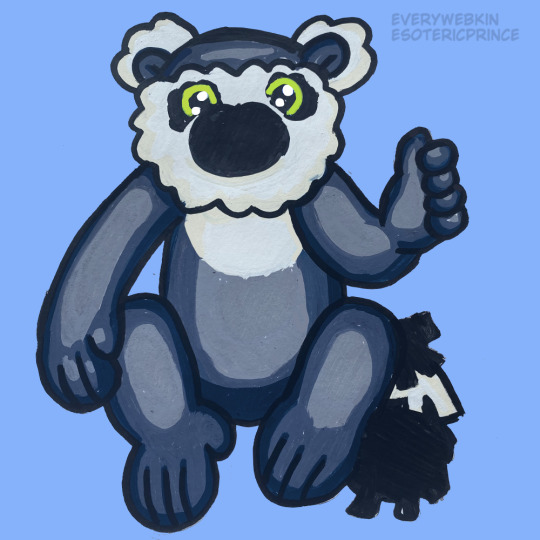
ring tailed lemur, released april 2009
#thanks for the request :)#i see u in my notes often and i appreciate the support#webkinz#webkinz art#virtual pet#traditional art#webcore#2000s childhood#kinzblr#2009#primate#lemur#ring tailed lemur
44 notes
·
View notes
Text
question is there a different term for petre than petre? i regress to various primates but it makes me uncomfortable to call it petre because of the whole "pet" primates thing
#primates are not pets!! (they are my special interest so im vrry passionate abt it)#agere blog#age regression#agere#sfw agere#sfw interaction only#sfw age regression#age dreaming#agedre#petre#sfw petre#pet regression#pet regressor#(tags for reach)
16 notes
·
View notes
Text

Milo from International Primate Rescue in South Africa is likely a hybrid between a common marmoset and a black tufted marmoset. Once kept as a pet, he now lives a full life with his mate Cora.
#monkeys#marmosets#cute#cute animals#wildlife#sanctuary#international primate rescue#primates#rescue animals#primates are not pets#hybrid
12 notes
·
View notes
Text
Found this great infographic on twitter!

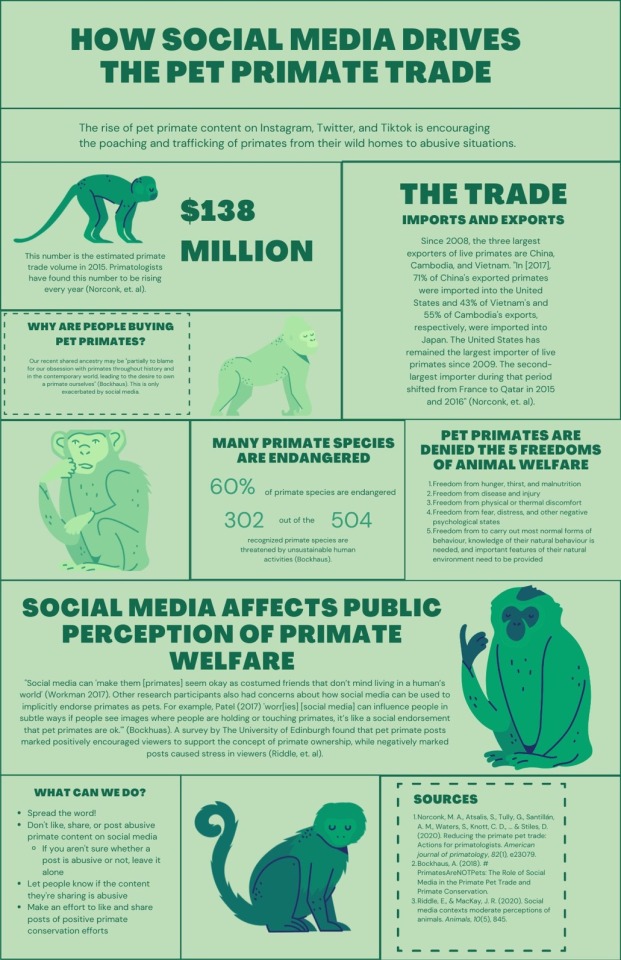
753 notes
·
View notes
Text
🐵🐶
229 notes
·
View notes
Text
Yesterday was #InternationalPrimateDay, today is #NationalHummingbirdDay and #Caturday, so...

Frida Kahlo (Mexican, 1907–1954)
Untitled [Self-portrait with thorn necklace and hummingbird], 1940
Oil on canvas mounted to board
Nickolas Muray Collection of Mexican Art, 66.6
#Frida Kahlo#painting#oil painting#20th century art#modern art#1940s#Mexican art#animals in art#pets in art#International Primate Day#National Hummingbird Day#Caturuday#animal holiday
43 notes
·
View notes
Text
I love how, according to every study testing the snake detection hypothesis, many primate senses have evolved with a focus on detecting snakes specifically* so we can better avoid them.
...And then there are the freaks (affectionate) who look at snakes and go "Aaaaw! So cuuute! <3".
Darren, that's a boomslang. If it bites you you'll bleed out of every orifice.
"But look at the cute danger noodle! :3"
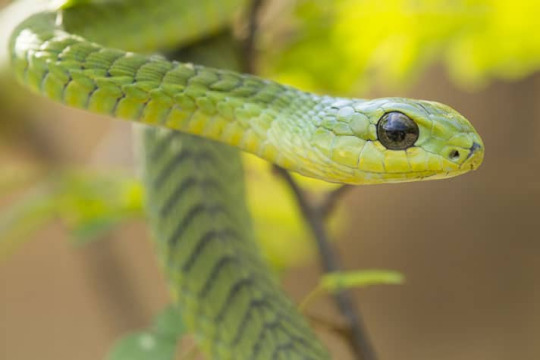
Darren, I get they're cute, but why would you keep one in your house? You can't even pet it! At least get one you can pet!
=-=-=
* A recent study, for example, showed test subjects blurry images of animals, making them gradually slightly less blurry. The first animal everyone was able to recognize accurately well before the others?
Danger noodles.
11 notes
·
View notes
Text
Reddit users will be like "No more human! Return to monke!" and then show a video of a primate being kept as a pet and forced to do human behaviors for entertainment
#not jojo related#you say you hate humans and want to be a monkey but you sure do enjoy abusing monkeys for human entertainment#bonus points if it's an ape and not even a monkey#animal abuse tw#i have to avoid so many primate memes because so much of it is blatant animal abuse passed off as ''cool''#here's a tip folks: if you see a video of a primate 1. wearing lots of clothing that it definitely didn't put on itself#2. interacting with obviously non-professional humans without bars or any form of safety#3. doing trained stunts like hula hooping or unnatural gestures or driving (yes that is a thing)#or 4. being owned as a pet in general#that's animal abuse#sorry. i needed to vent
11 notes
·
View notes
Text
Since most fantasy worlds have specific creation origins for humanoid creatures, most fantasy humans aren’t primates
#had this thought while petting my cat (he visits me every morning when I wake up) and laughing about how an alien might be confused#as to why a big primate is laying in bed with a canine cuddling their legs and patting their hands on a feline#BUT MANY FANTASY HUMANS ARE NOT PRIMATES#ELVES MOST CERTAINLY ARE NOT PRIMATES#I DO NOT LIKE THIS INFORMATION
4 notes
·
View notes